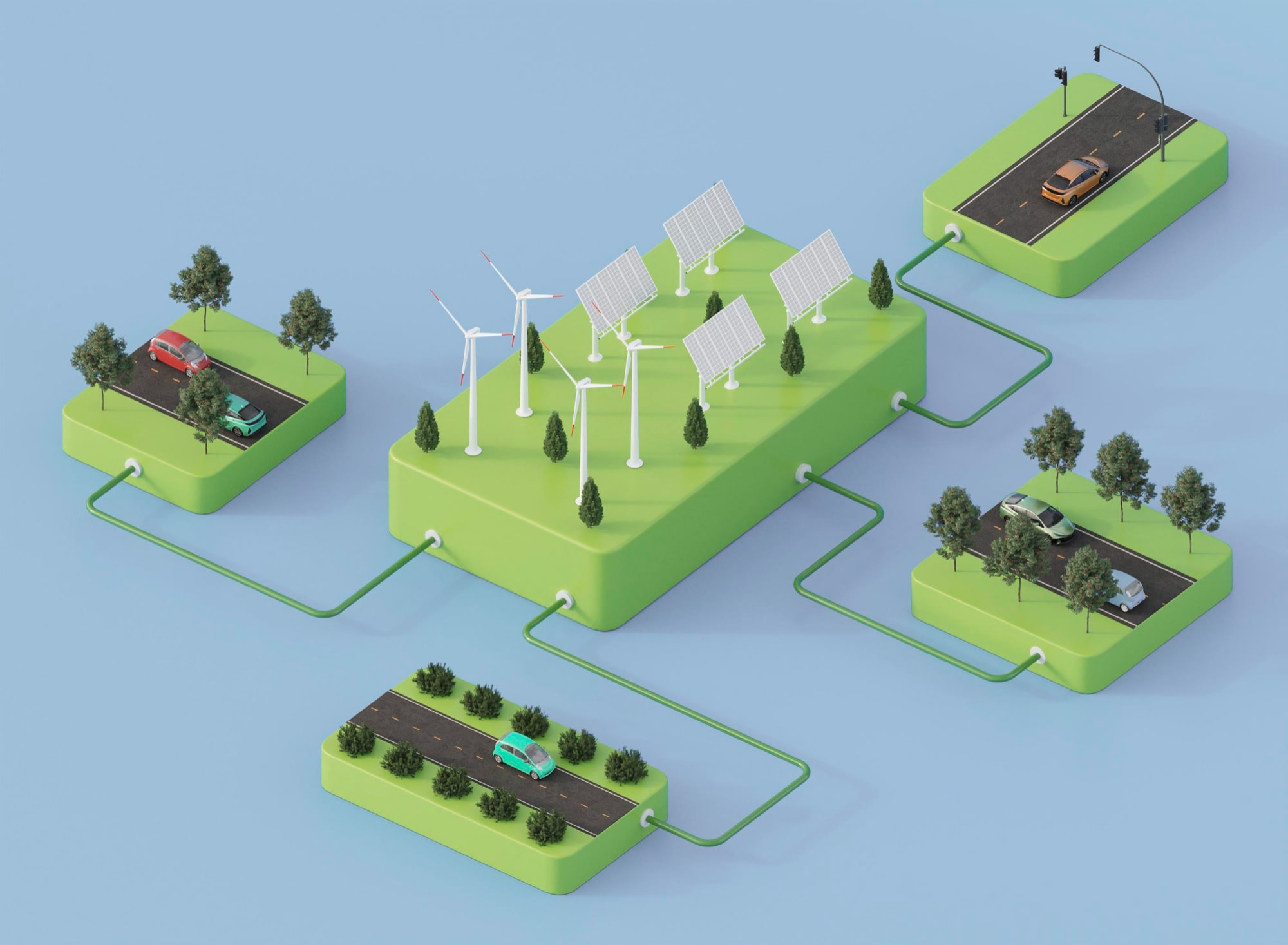
Biomass conversion is a process that transforms organic materials into energy. But what exactly does that mean? Biomass includes plant materials, agricultural waste, and even algae. These materials can be converted into biofuels, electricity, or heat. This process is not only eco-friendly but also helps reduce our dependence on fossil fuels. Imagine turning your kitchen scraps into something that powers your home! From wood chips to corn stalks, the possibilities are vast. Curious about how this works and its benefits? Let's dive into 21 fascinating facts about biomass conversion that will leave you amazed and informed.
What is Biomass Conversion?
Biomass conversion is the process of transforming organic materials into energy. This method is gaining popularity as a renewable energy source. Let's dive into some fascinating facts about biomass conversion.
-
Biomass includes plant materials, agricultural residues, and animal waste. These materials can be converted into energy.
-
The most common forms of biomass are wood, crops, and manure. These are readily available and renewable.
How Biomass Conversion Works
Understanding the process helps appreciate its benefits. Here are some key points on how biomass conversion works.
-
Biomass can be converted into energy through combustion, gasification, and anaerobic digestion. Each method has its own advantages.
-
Combustion involves burning biomass to produce heat. This heat can generate electricity or provide direct heating.
-
Gasification converts biomass into a gas mixture called syngas. Syngas can be used to produce electricity, heat, or biofuels.
-
Anaerobic digestion breaks down organic material in the absence of oxygen. This process produces biogas, which can be used for heating, electricity, or as a vehicle fuel.
Benefits of Biomass Conversion
Biomass conversion offers numerous environmental and economic benefits. Here are some of the most significant ones.
-
Biomass is a renewable energy source. It can be replenished over time, unlike fossil fuels.
-
Using biomass reduces greenhouse gas emissions. This helps combat climate change.
-
Biomass conversion can reduce waste. Organic materials that would otherwise be discarded can be used to produce energy.
-
It creates jobs in rural areas. Biomass production and conversion facilities provide employment opportunities.
Types of Biomass
Different types of biomass can be used for energy production. Here are some examples.
-
Wood and wood residues are the most common types of biomass. They are used in both small-scale and large-scale energy production.
-
Agricultural residues, such as straw and corn stover, can be used as biomass. These materials are often left over after harvesting crops.
-
Animal manure is another type of biomass. It can be converted into biogas through anaerobic digestion.
-
Energy crops, such as switchgrass and miscanthus, are grown specifically for biomass production. These crops have high energy content and can be harvested annually.
Challenges of Biomass Conversion
Despite its benefits, biomass conversion faces some challenges. Here are a few of the most notable ones.
-
Biomass collection and transportation can be costly. This is especially true for large-scale operations.
-
The energy content of biomass is lower than that of fossil fuels. This means more biomass is needed to produce the same amount of energy.
-
Biomass conversion can produce air pollutants. Proper controls are needed to minimize emissions.
Future of Biomass Conversion
The future of biomass conversion looks promising. Here are some trends and developments to watch.
-
Advances in technology are making biomass conversion more efficient. This includes improvements in gasification and anaerobic digestion processes.
-
Governments are providing incentives for biomass energy production. This includes subsidies, tax credits, and grants.
-
Research is being conducted on new types of biomass. This includes algae and other fast-growing plants.
-
Public awareness of renewable energy is increasing. More people are recognizing the benefits of biomass conversion.
The Power of Biomass Conversion
Biomass conversion holds immense potential for sustainable energy. It transforms organic materials into valuable energy sources, reducing reliance on fossil fuels. This process not only helps in waste management but also lowers greenhouse gas emissions. By converting agricultural residues, forest waste, and even algae, we can produce biofuels, biogas, and biochar. These renewable energy sources can power homes, industries, and vehicles, contributing to a cleaner environment.
Moreover, biomass conversion supports rural economies by creating jobs in farming, collection, and processing. It also promotes energy independence, reducing the need for imported fuels. As technology advances, efficiency and cost-effectiveness of biomass conversion will improve, making it a more viable option for widespread use.
Incorporating biomass conversion into our energy mix is a step towards a sustainable future. It’s a win-win for the environment and the economy, paving the way for greener energy solutions.
Was this page helpful?
Our commitment to delivering trustworthy and engaging content is at the heart of what we do. Each fact on our site is contributed by real users like you, bringing a wealth of diverse insights and information. To ensure the highest standards of accuracy and reliability, our dedicated editors meticulously review each submission. This process guarantees that the facts we share are not only fascinating but also credible. Trust in our commitment to quality and authenticity as you explore and learn with us.


